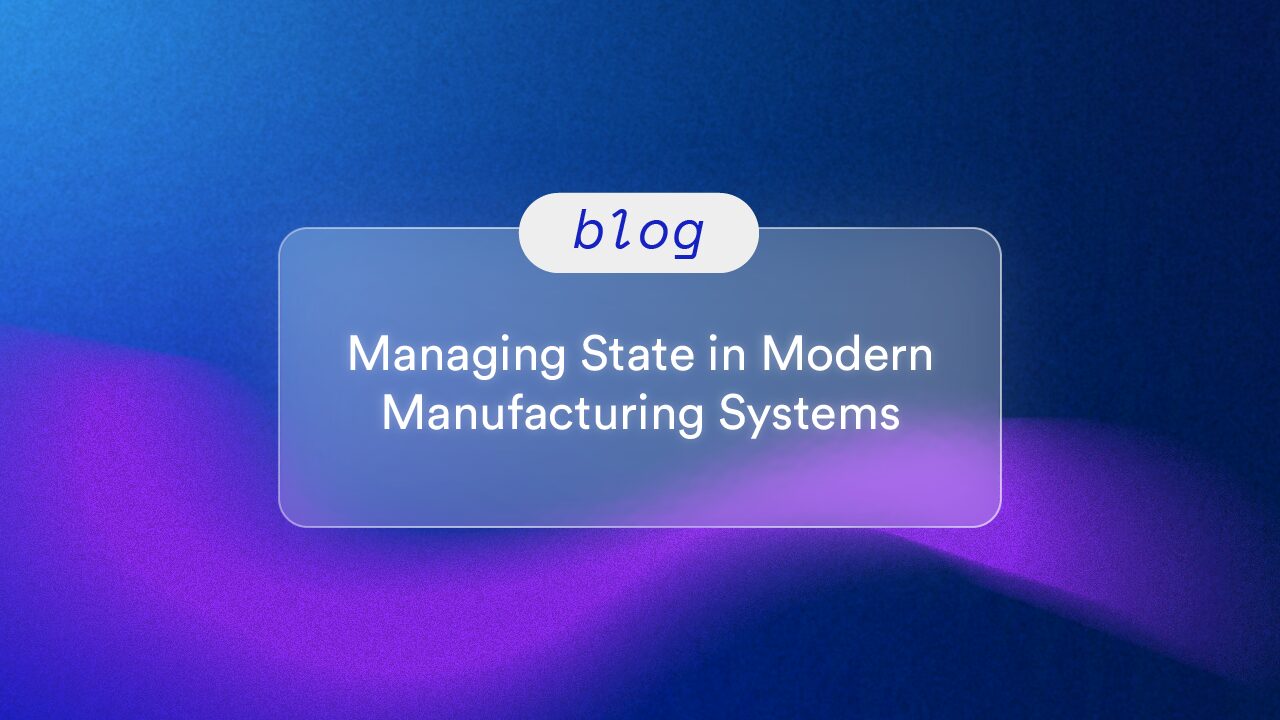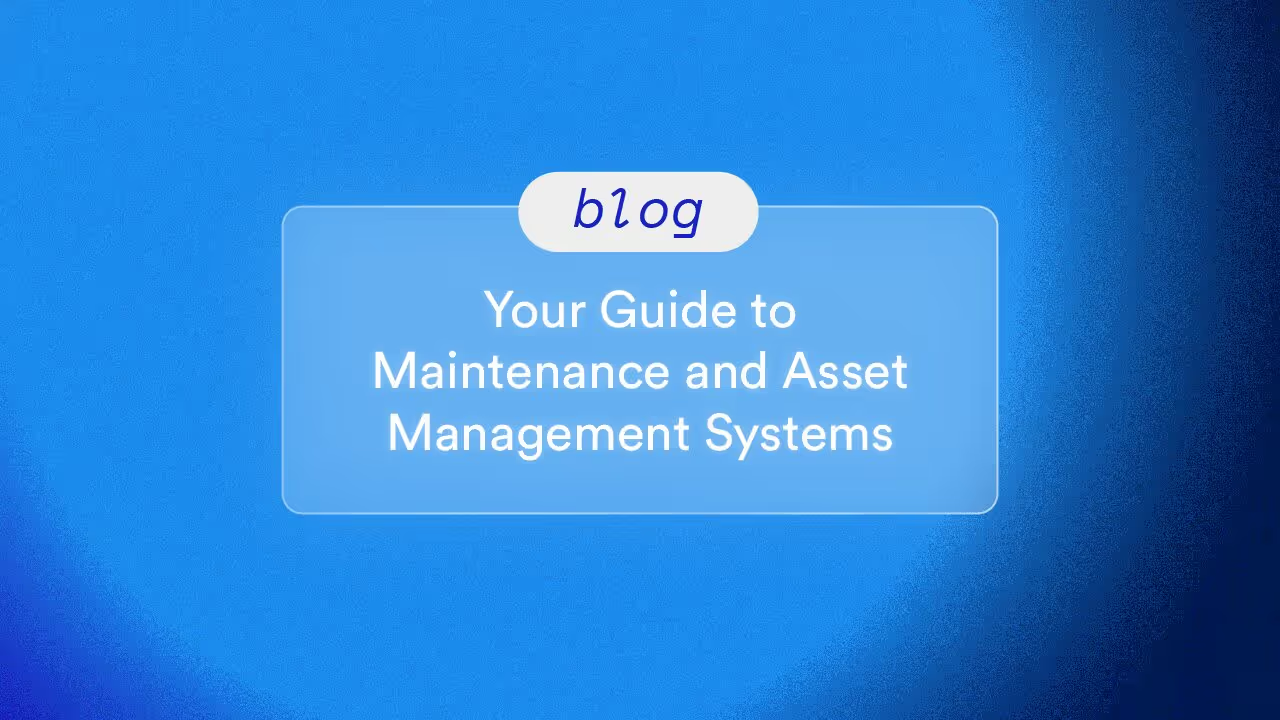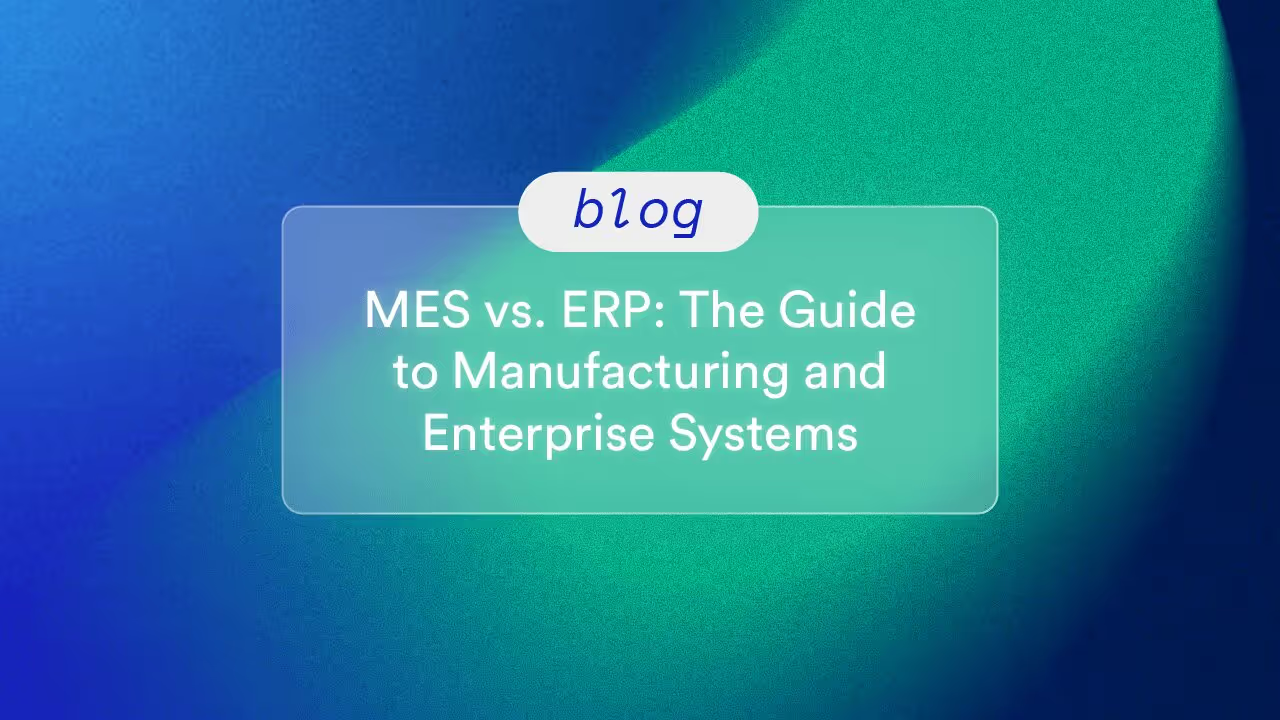The 6 Digital Transformation Challenges Manufacturers Still Face

Manufacturing’s digital transformation is well underway, with businesses across verticals leaning into the transformative potential of modern technology. Manufacturing Execution Systems (MES)—like TrakSYS™—and other facility-level platforms are helping manufacturers gain clearer visibility into what’s happening throughout their production process, allowing them to address bottlenecks and missteps with precision.
That doesn’t mean the hard work is behind us. Though manufacturing has made great strides toward smarter, more automated operations over the past few years, there are still challenges on the road to transformation.
The Challenges of Comprehensive Change
Change. Be it born out of necessity or elected, change—meaningful, effort-worthy change—takes time. Manufacturers across industries are contending with a type of change that comes with no shortage of challenges: digitalizing their operations. Though each digital transformation journey is unique, there are certain obstacles that manufacturers will inevitably encounter along the way. Here’s what you can expect—and how to overcome them.
1. Legacy equipment
Much of the mission-critical equipment on today’s factory floors was designed before AI, connected platforms, or automated monitoring were even close to becoming a reality. In some instances, these legacy assets have native networking capabilities. However, more often, they lack the right hardware and controls to be network-ready. Getting them there can feel like an insurmountable task.
Fortunately, “modernizing” equipment doesn’t always have to translate to “replacing.” Many a manufacturer has found success in augmenting their legacy assets with Industrial Internet of Things (IIoT) devices. TrakSYS-enabled Smart Data Collector and Smart Coordinator do that very thing. Connecting with nearly all third-party serial, virtual, and manual sensors, TrakSYS Smart Devices unlock the power of digital transformation without the need for a major IT overhaul or large capital expenditure.
2. Balancing OT and IT
For decades, information technology (IT) teams focused on managing and securing digital assets, while operational technology (OT) teams dealt with physical equipment and processes within facility walls. However, connected facilities merge these two worlds, and—without the right expertise and planning—the convergence can put company data, facility operations, and individuals at risk.
Traditionally, OT environments have been closed; only those with the appropriate training were able to access the high-security areas and the industrial controls within them. Connecting industrial equipment—especially mission-critical and high-risk machinery—into digital networks means adding another point of “entry,” and OT teams may not be as familiar with setting up digital barriers as opposed to physical ones.
Conversely, leaving a connected facility’s architecture solely in the hands of IT doesn’t work. Without the knowledge of OT specialists, IT may not account for redundancies that keep facilities at their minimum adequate function should something go wrong.
Working with external experts in systems that sit at the intersection of IT and OT can help leaders overcome this challenge. Parsec offers support for every step of the journey to safe and efficient connected manufacturing—and that includes helping IT and OT teams understand the impacts of digital transformation on the work that they do. Parsec’s technical architects, program managers, consultants, and System Integrators can help businesses have peace of mind that they’re balancing OT and IT with precision to maintain safe environments—digital and physical.
3. Data collection and management
Implementing digital systems can lead to immediate benefits, like enhanced communication channels, real-time notifications, and process automation features. Unsurprisingly, these digital toolsets require as much pertinent data as possible to function optimally. The issue then arises that, despite embracing connected systems, many manufacturers still collect and maintain a large portion of their data manually and store disparate data sets in departmental or operational silos.
Those manual practices can drive inaccuracies, obscure redundancies, and hide critical insights into operations. Fortunately, businesses can surmount those issues by:
- Implementing real-time monitoring enabled by IIoT devices to improve data accuracy.
- Adopting a unified namespace (UNS) to house all manufacturing-related data, improve accessibility, de-silo records, and enhance real-time analytics.
- Leveraging AI integrations to automate reconciliation and maintenance.
- Utilizing Machine Learning to help systems learn refine predictions and models.
Manufacturers also need to ensure that their systems are prepared to accommodate a growing data lake over time, as the more data a system has, the more refined and nuanced the predictions it can provide. Developing a data management plan in conjunction with a partner like Parsec can help leaders ensure that all these bases are covered before they become barriers to meaningful change.
4. Employee education and cultural change
Though it may seem like the most straightforward obstacle on this list, getting employees to embrace operational changes is often the most difficult part of a digital transformation. The calculus here is fairly straightforward: you can invest in the most “transformative” tech, but if the people who will be using that technology on a day-to-day basis don’t understand its value or how it fits into their workflows, your investment may struggle to yield the intended results.
Change is just as daunting for workers as it is for those in charge—but workers don’t have the added benefit of choosing it for themselves. As such, leaders must work overtime to quell concerns about automation and prove that new approaches are worth learning. That means:
- Investing in training and upskilling.
- Maintaining open communication about the changes coming and their intended outcomes.
- Staying open to feedback and adjustment should employees share that certain parts of the plan aren’t working for them.
Leaders who need support in this area may benefit from leaning on third-party experts, like those who handle Parsec’s ongoing support services. Parsec’s experienced program managers, consultants, and System Integrators understand the intricacies of digitalization; they are adept at explaining the benefits of connected systems to employees at every level. Connected Worker solutions may also help managers ensure employees are ready to reap the benefits of technologies.
5. Cost of deployment
One of the most common deterrents of digital transformation is the cost. Though IIoT devices can help keep equipment costs lower, designing, implementing, and maintaining a complex and comprehensive digital ecosystem is an ongoing expense that can feel prohibitive to manufacturers.
However. Where there is cost, there is also great benefit. IDC’s recent report on the business value of TrakSYS™ found that the average enterprise using Parsec’s technology and support services:
- Recovers the cost of implementation in 9 months.
- Attains a three-year ROI of 454%.
- Sees annual revenue increase by $3.25 million.
Furthermore, investments in foundational technology set manufacturers up for long-term success. Digitalization is no longer an option for businesses; it’s an imperative. Getting started now helps future-proof operations to ensure longevity amid rising competition.
Of course, sometimes a price tag is non-negotiable. If the money for a project isn’t available, it’s not available. A technology partner like Parsec can work with you to review current performance and identify opportunities to make small changes resulting in big impacts.
6. Inadequate planning
Before embarking on the journey to smarter, more connected facilities, you need to not only have intended outcomes in mind but also ensure that your larger operations are organized to support the process:
- Put the right team in place.
- Prioritize goals and align on a roadmap.
- Develop an integrated program plan that details how the MES and other tools will fit into existing systems.
- Get buy-in from financial leaders for long-term maintenance.
While you pursue this process, Parsec’s mentoring services can serve as a valuable resource. Informed by decades of experience conceptualizing, building, deploying, and refining end-to-end manufacturing solutions, Parsec’s teams take a measured approach to transformation. Experts can guide you through the digital transformation process—no matter what it looks like for your business.
Problem-Solving with Parsec
Digitalizing operations—whether you start small or intend to pursue full-scale adoption—is a long-term process that impacts every part of day-to-day functions and fundamentally changes how leaders understand their businesses. It can be an intimidating prospect, but embracing modern technologies is well worth the effort.
If you aren’t sure where to start on your journey, or what your next step should be, contact us today.
For more about Parsec’s approach to digital transformation, you can also download the brochure.
FAQs
Related Blog Posts


Let’s Build Your Plan
We’ll help you create the right configuration—today and for the future.












